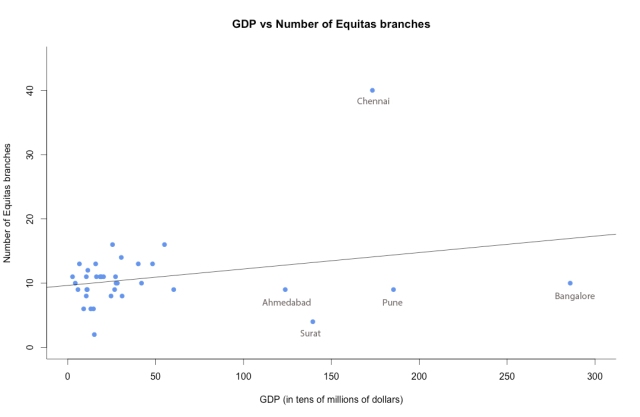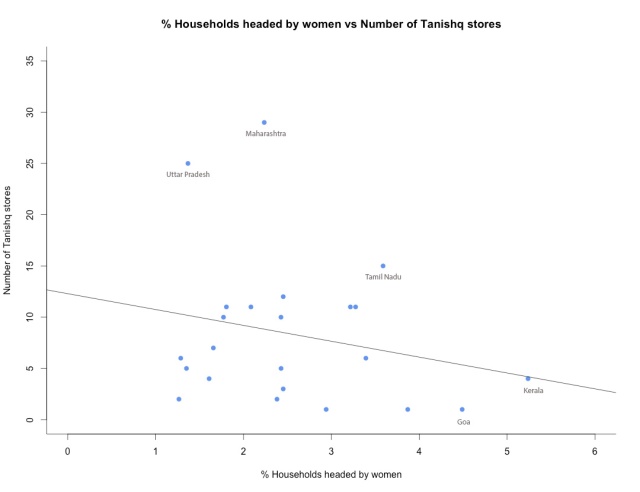Alappuzha, a 2 million-people city in Kerala, has a problem. It lacks its own FM radio station. Why’s that a problem? Because this isn’t some small town in the middle of nowhere. It’s a city with a population that demands an FM channel and has more than enough potential to deserve one. Before I talk about why Alappuzha might not get an FM station, here’s some history that will make clear why it matters.

Alappuzha Medical College
There’s always been a lot of demand for an FM channel from the locals. All they have right now is relayed radio from New Delhi and Trivandrum, which they don’t want for obvious reasons. They want their own unique voice – their own FM station. Apart from that, there’s a community called the Kuttanad farmers who are keen on receiving a frequency that will detail conversations with agricultural experts, talk about new projects, subsidies and even allow farmers to air their own content – all of which will undoubtedly help them.

Farmer in a paddy field

Boat Race in Alappuzha
So if there’s demand, why haven’t the people and the State government of Kerala appealed to the Center in the past? Thing is, they have. The State government tried to do just that in 2006, 2009 and 2010; all three proposals were rejected. The Center said that they’ve already allocated all available frequencies to private companies who aren’t using those frequencies to broadcast anything. Basically, no slots and no FM. So far, save for the one relaying station AIR set up all the way back in 1971, the FM scene in the city has been dry.
Still, maybe it’s all in the past and Alappuzha will finally get an FM station in the upcoming round of auctions. After all, Phase 3 is supposed to spread the reach of radio to Category C and D small towns. But will they really get an FM station? My model predicts that the frequency for Alappuzha has only a 17% chance of getting auctioned. It seems a little pricey at a minimum price of 4.23 crores, given that cities like Guwahati, Agra, Surat and Allahabad sold for less.
If it’s any consolation, frequencies for Eroda, Salem, Vellore, Malegaon and Latur are also likely to go unsold. Citizens of Alappuzha: I’m sorry but your wait for an FM station just got longer.
Every frequency has a price at which companies will snap it up. This one is just a bit too high.

















